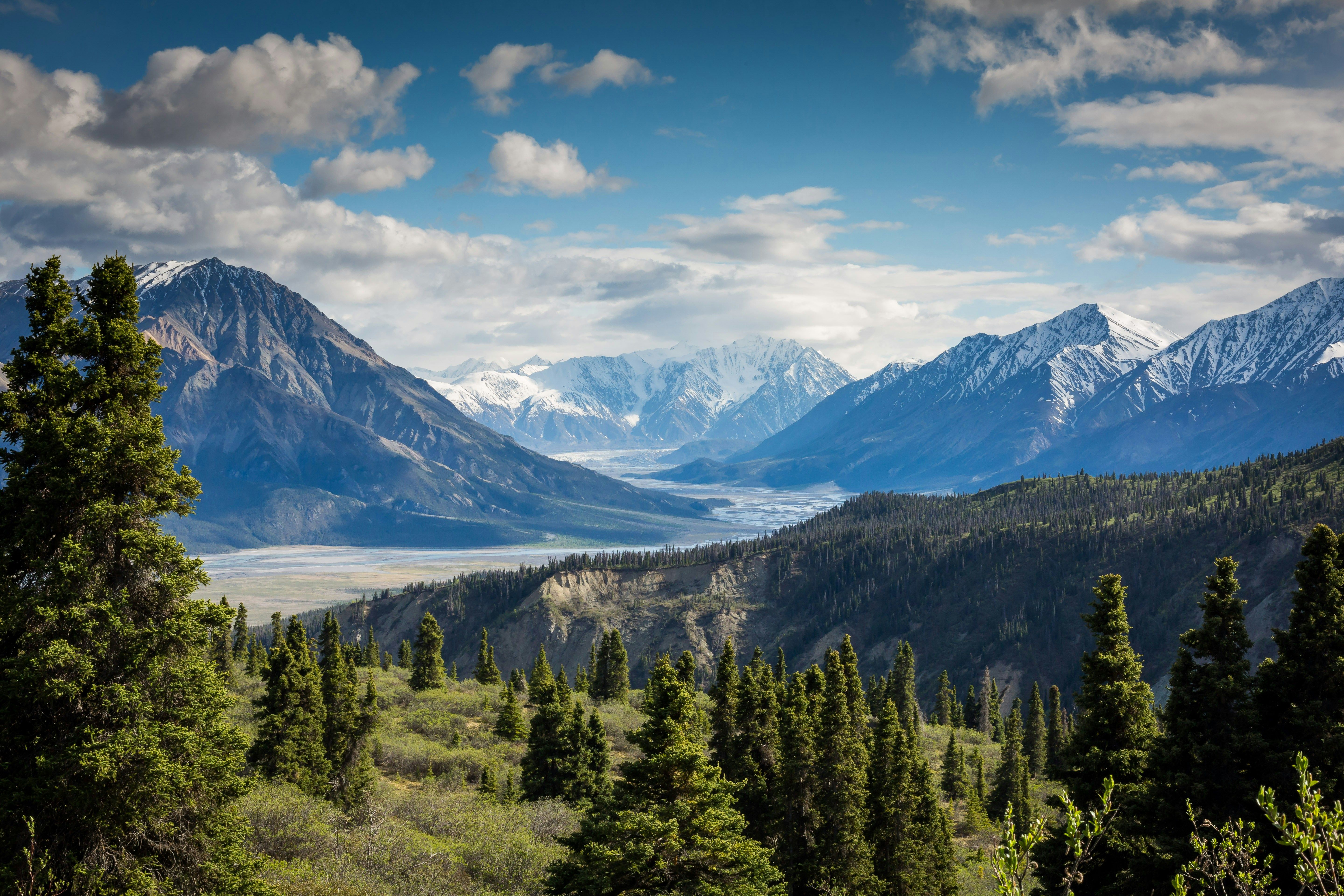Soaring summer temperatures in Japan may impede outdoor sports participation for children by the year 2060, according to experts' predictions.
titlag:Scorching Afternoons Threaten Japan's Youth Sports Culture
Are you a sports enthusiast in Japan, especially during summer? It might be time to rethink your passion, chum. A new study by Japan's National Institute for Environmental Studies (NIES) and Waseda University has given us a grim warning: without heavy greenhouse gas emission cuts, afternoon sports will soon become a literal pain in the neck – or, worse, a heat stroke waiting to happen.
That's right, mate. This research, published in the Environmental Health Journal on March 10, reveals a looming crisis for young, amateur athletes across the land of the rising sun. As global warming intensifies, Japan's intense summer heat, combined with a deeply ingrained sporting culture, could create dangerous conditions.
If this doesn't grab your attention, consider this: researchers are concerned about the health of our kids, particularly those who participate in after-school sports clubs, like baseball, athletics, and football. These sports activities often take place during late afternoons.
Lead author of the report, Takahiro Oyama, a researcher at NIES Centre for Climate Change Adaptation, shares his concerns. Back in his school days, he experienced heat illness while engaging in track and field sports during summer. His teachers didn't understand the gravity of the situation 20 years ago, but things have changed, he says, and people are more aware now.
Now, here's where things get serious. In the worst-case scenario of global warming, heat stress projections suggest that you should avoid intense outdoor sports between 3 pm and 6 pm in July and August, except in Hokkaido. This is a big deal because extracurricular sports in Japan usually take place during these hours[1][2].
Moreover, the Wet-Bulb Globe Temperature (WBGT), a measure of heat stress, is projected to surpass 31°C in areas like Shikoku, northern and southern Kyushu, and Okinawa. Such levels are downright dangerous and warrant avoiding outdoor activities, according to Japan's guidelines[2].
If no action is taken, by the 2060s, it might become unrealistic for students to engage in sports during summer, potentially leading to a drop in participation rates and a significant shift in extracurricular activities[1][2].
To tackle these challenges, strategies like adjusting sports schedules to cooler times, implementing heat safety protocols, and spreading awareness about heat illness prevention among athletes and organizers might prove effective. Japan has set a record for extreme temperatures in recent years, emphasizing the importance of climate resilience in sports planning. Climate models indicate continued heatwaves, rendering these challenges even more pressing[5].
So, keep an eye on the mercury levels, y'all. There might come a time when your after-school sports passion will push you right into danger zone if you're not careful!
- Scientists have warned about the threats posed by climate change to Japan's youth sports culture, suggesting that without significant emission cuts, afternoon sports could become potentially harmful.
- As global warming intensifies, the intense summer heat in Japan, coupled with a strong sports culture, could lead to dangerous conditions, particularly for young athletes participating in after-school sports clubs like baseball, athletics, and football.
- The culture of sports in Japan, especially during summer, may need to adapt to address the concerns raised by environmental science about heat stress, as researchers are now advising avoiding intense outdoor sports during certain hours to prevent heat illness.
- The study published in the Environmental Health Journal also highlights the need for action in the arts and health-and-wellness sectors, as the health of children is at risk due to climate change's impact on sports activities.
- Researchers are particularly worried about the environmental implications of climate change, as the Wet-Bulb Globe Temperature (WBGT) projections suggest that temperatures in areas like Shikoku, northern and southern Kyushu, and Okinawa could surpass 31°C, leading to dangerous conditions and the need for avoiding outdoor activities during specific times.
- To address these challenges, authorities might need to implement strategies like adjusting sports schedules to cooler times, implementing heat safety protocols, and spreading awareness about heat illness prevention among athletes and organizers in the fields of culture, sports, and health-and-wellness.
- In the long run, if no action is taken, it could become unrealistic for students to engage in sports during summer, potentially leading to a drop in participation rates and a significant shift in extracurricular activities, highlighting the importance of climate resilience in sports planning and overall cultural change.





